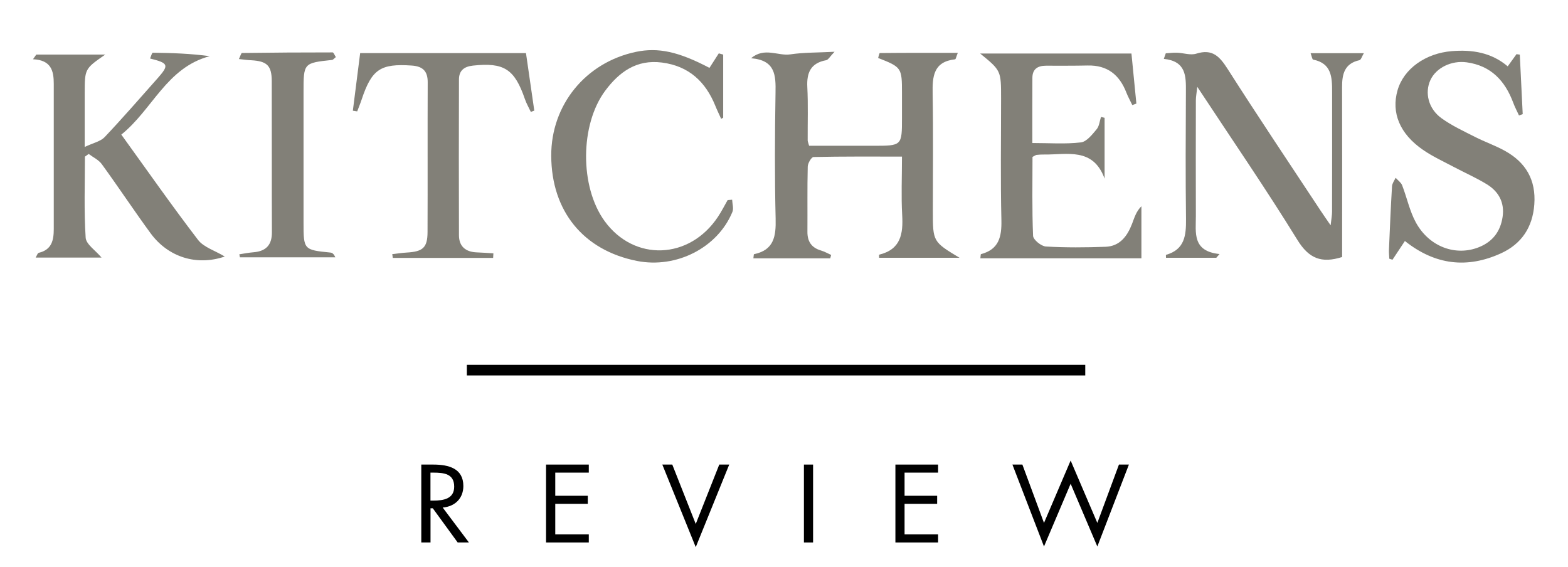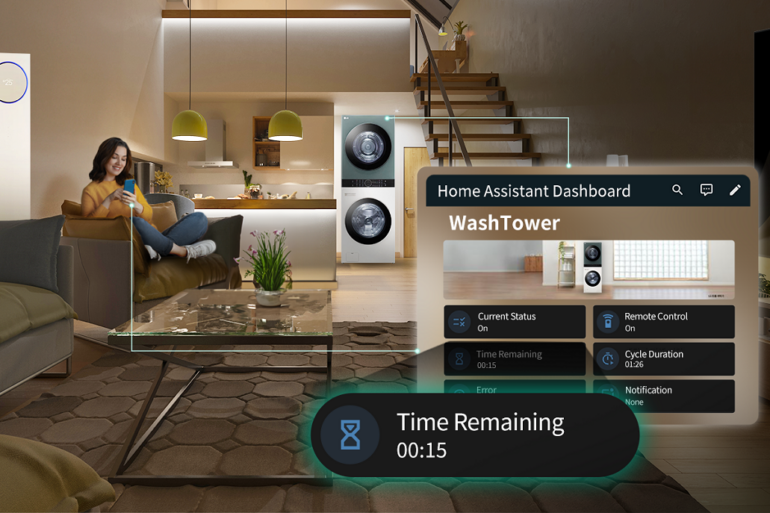LG Electronics (LG) has fully opened the Application Programming Interface (API) of its smart home platform, LG ThinQ, enabling developers to easily create smart spaces with LG appliances.
Recently, LG launched the LG Smart Solution API Developer website (smartsolution.developer.lge.com) to officially open up the LG ThinQ API. An API acts as a digital connector that allows different software to exchange functions seamlessly. Developers can utilize the open API to integrate various features from LG AI appliances into their programs or systems, enhancing their services.
The LG ThinQ API is divided into two categories: the ThinQ API for individual users and the ThinQ Business API for corporate partners. The ThinQ API allows for remote control of LG devices installed in homes or buildings and facilitates integration with various platforms.
For individual users, the ThinQ API supports the control and monitoring of AI appliances registered in the LG ThinQ app from various smart home platforms. By utilizing the ThinQ API, anyone can easily create a customized smart home that fits their lifestyle. For example, users of the global smart home platform Home Assistant can now connect and control 26 types of LG AI appliances, including refrigerators and washing machines, within their existing smart home environment. Home Assistant is a community-based open platform with about one million users worldwide who collaboratively develop various smart home functions such as device automation and feature expansion.
For enterprises, the ThinQ Business API supports partners operating office or residential buildings in integrating and managing various LG products, from appliances to commercial equipment like HVAC and signage, with their existing apps. For instance, large residential buildings can integrate LG appliances with their existing management apps for more convenient use. Residents can reserve the use of LG washers and dryers in common areas through the building management app, or administrators can detect abnormal conditions in the building using LG’s temperature and humidity sensors and quickly respond to issues through alert functions.
Meanwhile, LG has accelerated the integration of external products and services into the LG ThinQ platform by acquiring the smart home platform company Athom, known for its extensive IoT device connectivity. Athom’s smart home hub Homey currently connects over 50,000 types of appliances and IoT devices, and the Athom app store features around 1,000 apps that connect and control products and services from global brands like Philips and Aqara. LG plans to integrate Athom’s extensive open ecosystem and IoT device connectivity into the AI home hub LG ThinQ On, aiming to realize an AI home where generative AI better understands customers and provides optimal space solutions.
“With the official launch of ThinQ AI, we aim to deepen engagement with open-source community smart home power users in the open-source community and broaden our collaboration with B2B partners. This initiative will bolster our efforts to create smart home ecosystems powered by LG appliances, enhancing customer experiences across multiple touchpoints,” said Kim Kun-woo, vice president of LG’s Home Appliance Solution Company.





